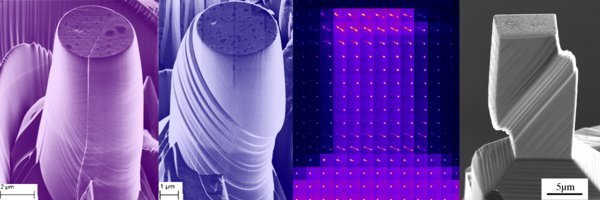Grain boundaries are one of the most prominent defects in engineering materials separating different crystallites, which determine their strength, corrosion resistance and failure. Typically, these interfaces are regarded as quasi two-dimensional defects and controlling their properties remains one of the most challenging tasks in materials…


